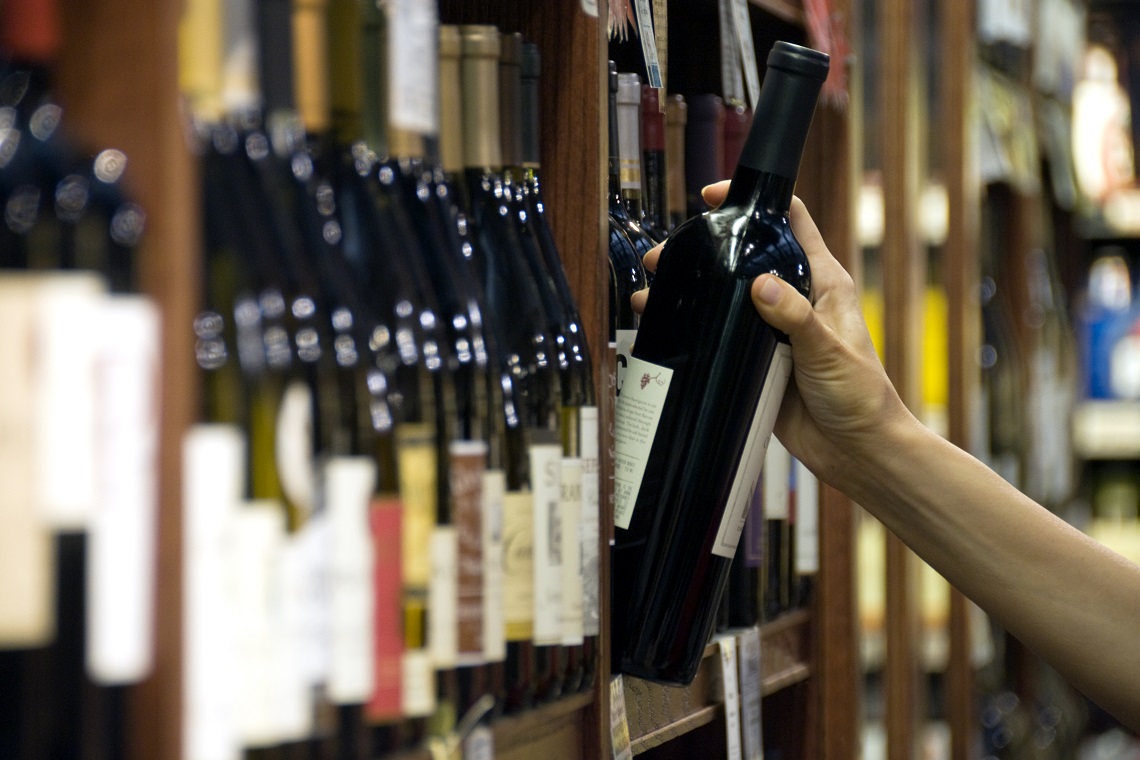Australia’s commercial wine producers, responsible for 70 per cent of total wine production have joined forces in a move aimed at growing the value of every vineyard and winery.
Australian Commercial Wine Producers Limited (ACWP) is the new representative body for Australia’s three largest winegrowing regions – NSW’s Riverina, Victoria’s Sunraysia and South Australia’s Riverland.
Between them, the three regions produce approximately 70 percent of Australia’s total grape and wine production. The association said the Australian wine industry has two distinct sectors, commercial wine which retails for less than $10 per bottle and the premium sector which makes wine above this level.
Chief Executive of ACWP, Chris Byrne, said: “Premium producers by their numerical majority have had greater influence on our industry’s policy settings, even though they contribute significantly less total industry levies and sales. We seek to redress that imbalance.
“Most of the large commercial producers from our three largest wine regions have been underrepresented up to this time. ACWP will seek to improve the representation of all commercial producers in Australia.
“Importantly, ACWP seeks to bring a collaborative and synergistic voice in the college of industry organisations to achieve a balanced and inclusive approach between the two industry sectors.”
Chair of ACWP, Bill Moularadellis, of Kingston Estate Wines, said it was critical for Australia to develop and grow other export markets, given the recent loss of the Chinese wine market. “It will be commercial wine that will lead this momentum.
“Since 2009, excluding China, total sales of our premium bottled exports above $45/case have almost halved from 12.2M cases to 6.6M cases per annum. We are exporting significantly less premium wine now than we were 12 years ago.
“More than ever, we are now dependent on our commercial export sales, and we need policy settings to protect this reliance.”
Moularadellis said the evolution of the Australian wine industry as a significant world wine producer had at its foundation, the fact that its commercial wine production sector was more efficient and innovative than our competitors.
“That leadership position has been eroded by continued improvements in most other countries,” he said.
“The sustainability of the commercial wine sector remains critical to Australia’s ability to be competitive across all international wine market sectors and to re-stake our position as the vineyard for the world.”
“We really do need to have our industry resources well aligned to take full advantage of this new opportunity,” Moularadellis said.

